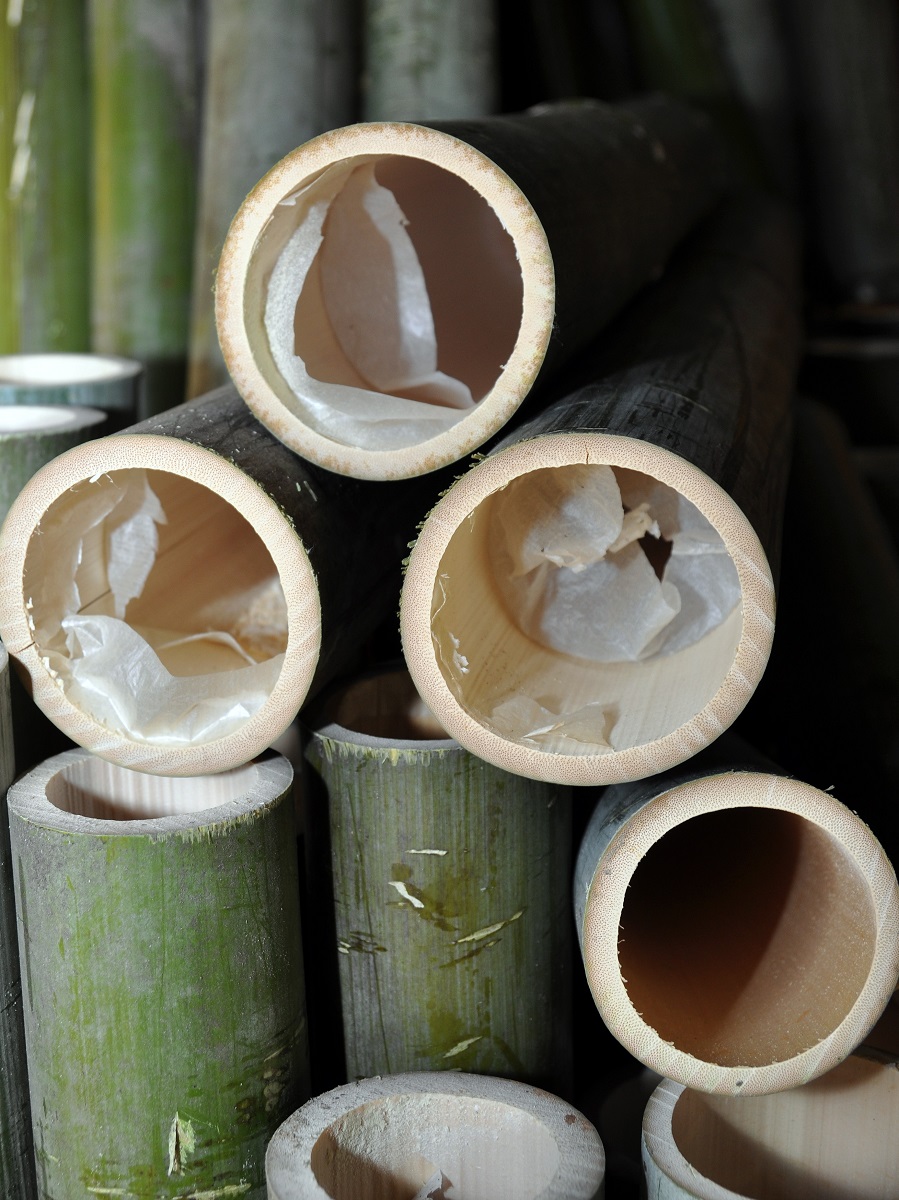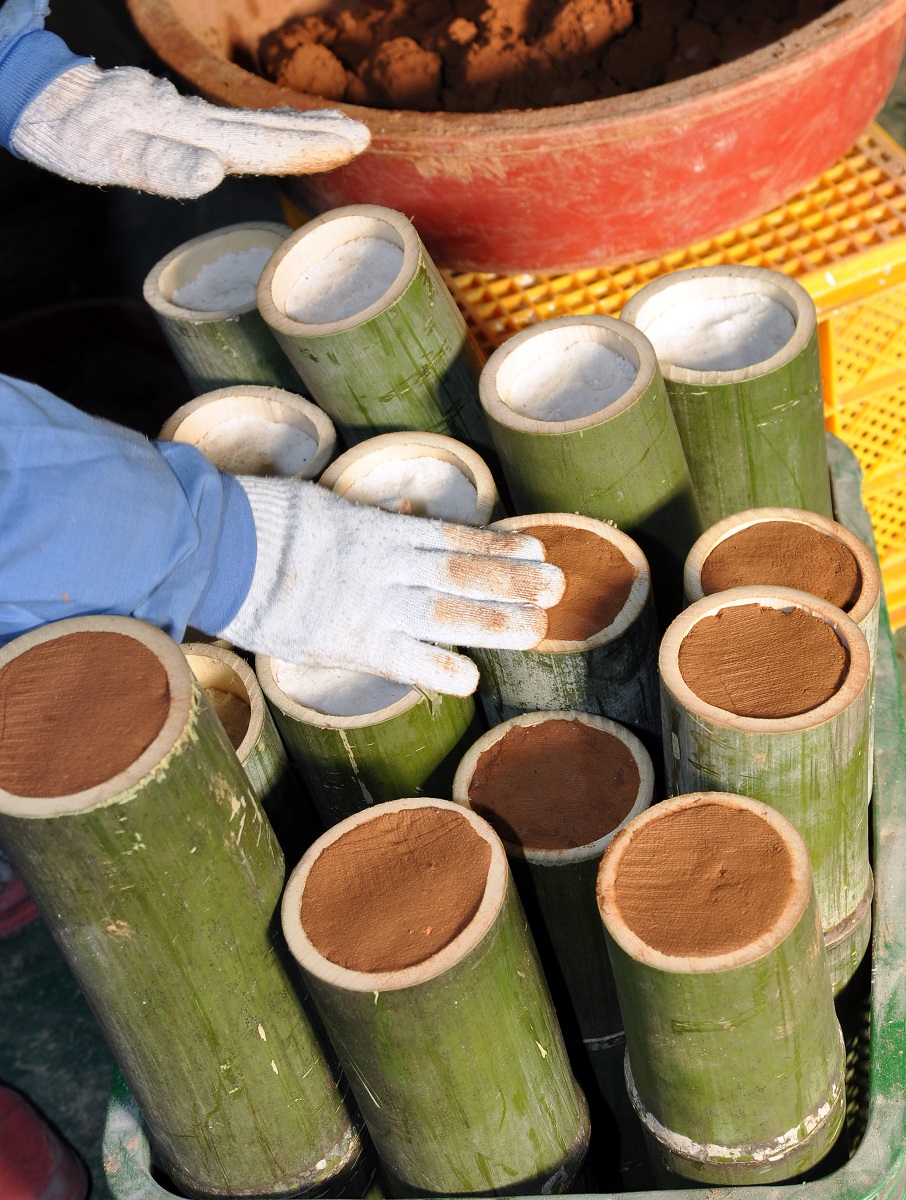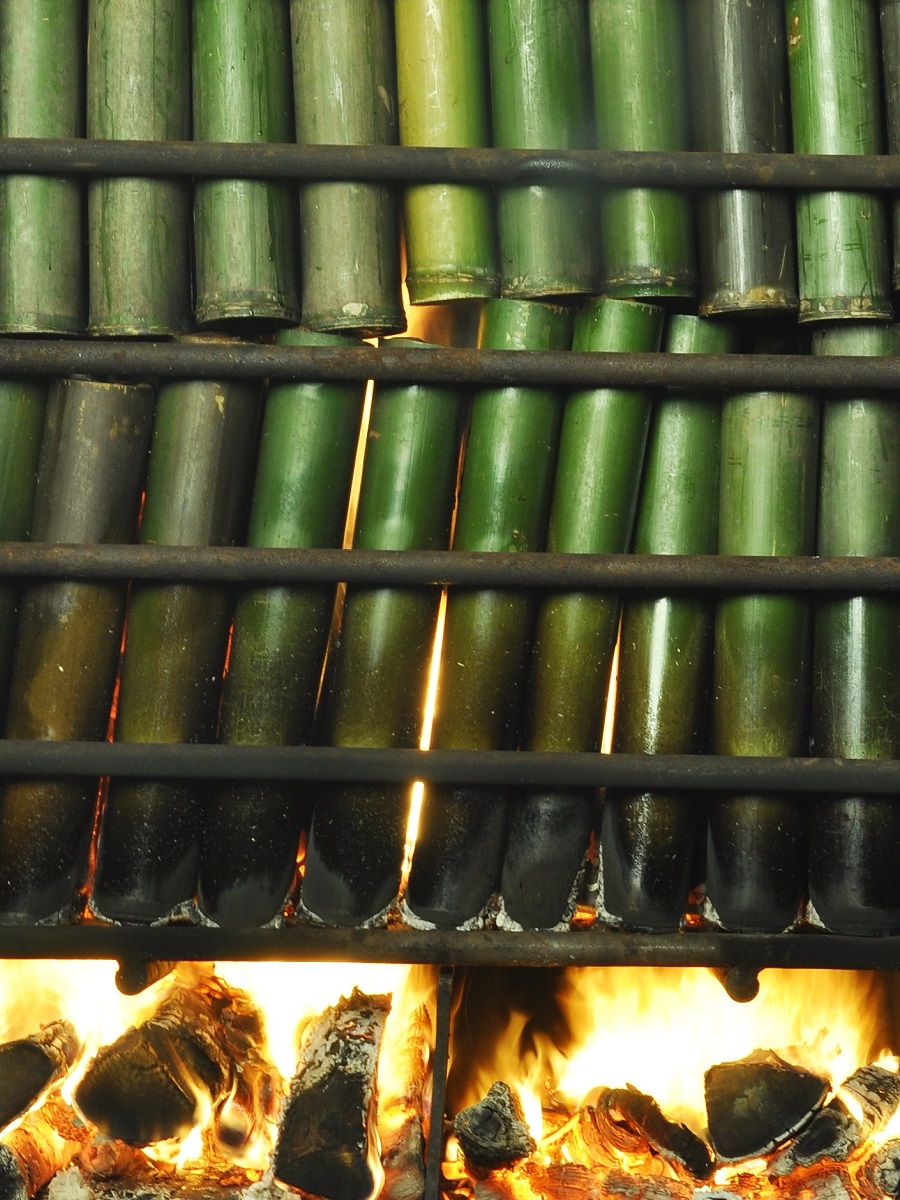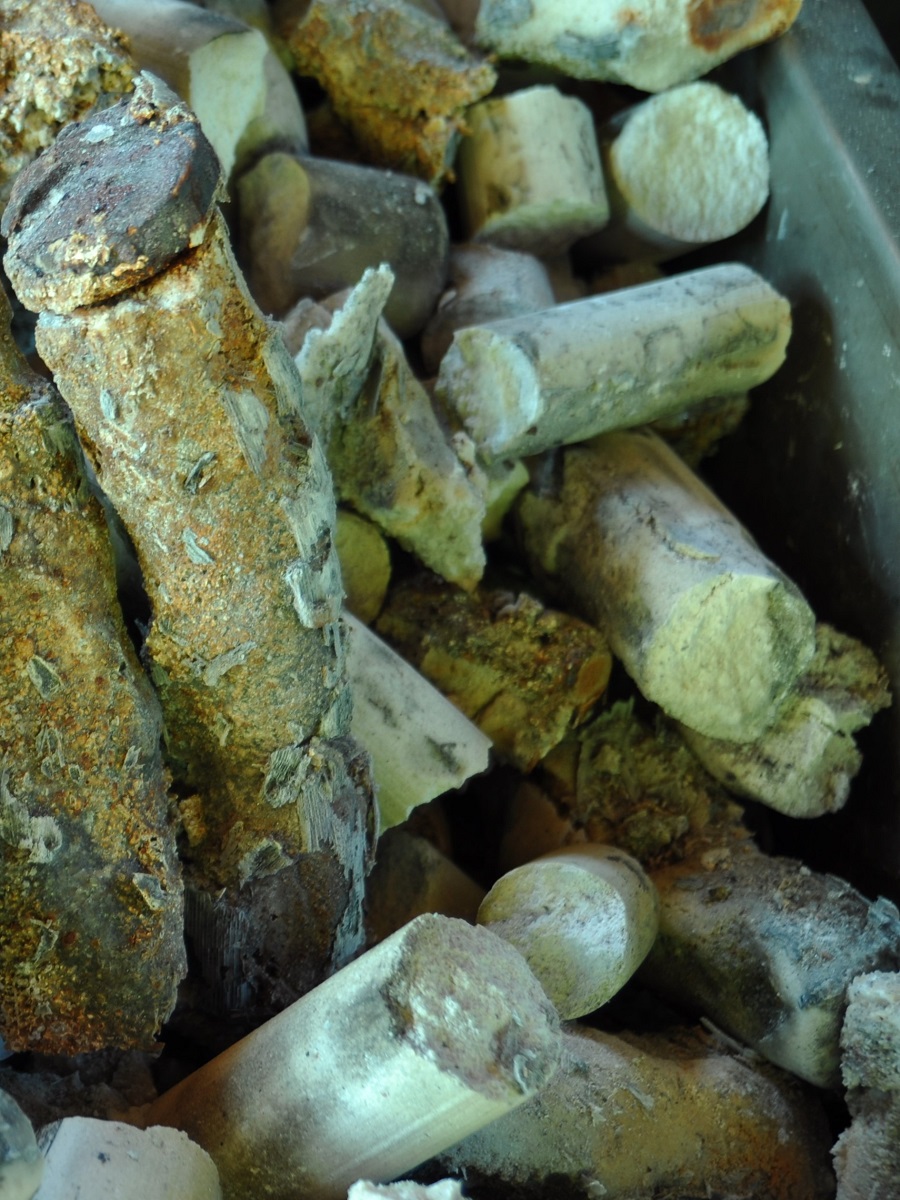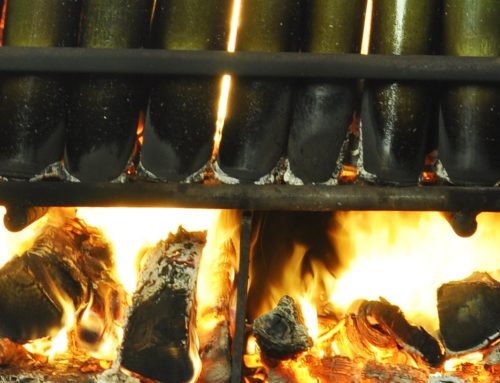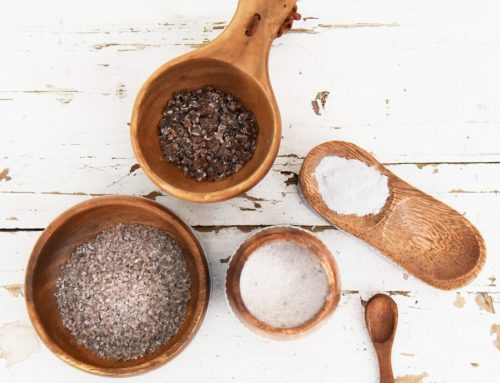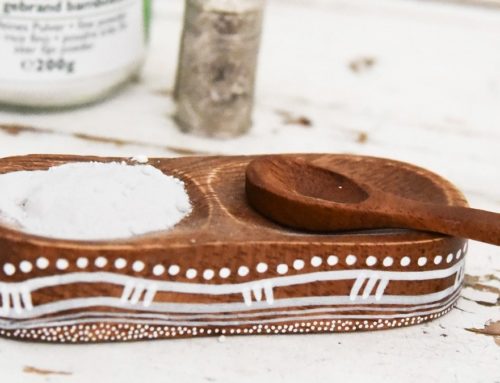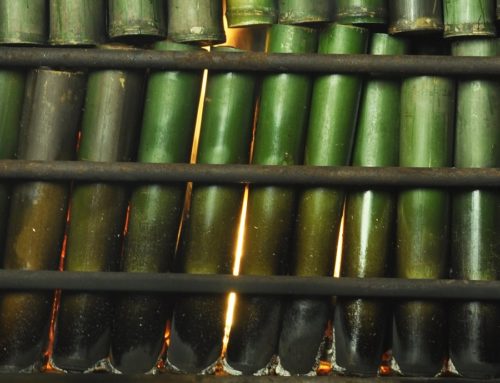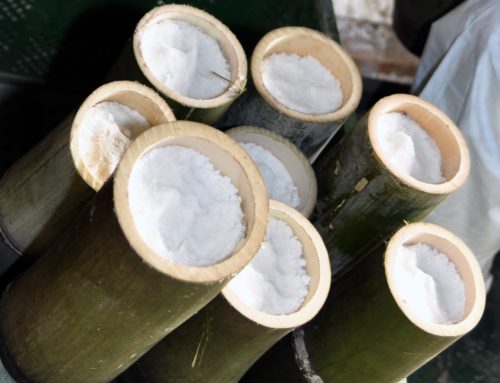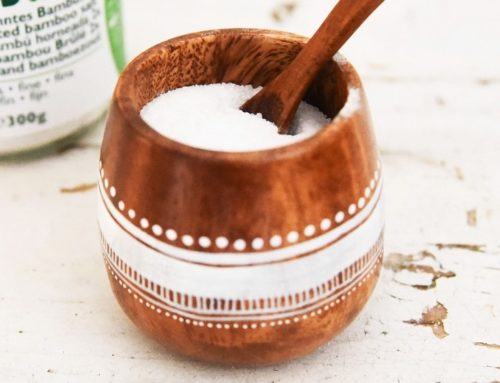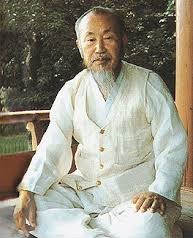
Il-hoon Kim, creator of bamboo salt.
The production of bamboo salt is a process of turning minerals and salt into bioactive substances.
The bamboo salt process was first described by Kim Il-hoon (1909-1992). His book “The Universe and the God’s Medicine” was published in 1986. Kim Il-hoon recommended bamboo salt for general health, for older folks and for chronic diseases. Today, many people enjoy bamboo salt and feel very good because of it. Taking health into your own hands does wonders.
Genuine Bamboo salt comes from handmade sea salt extracted from salt pans off the West coast of South Korea on the Yellow Sea. It is called Fleur de sel.
This harvested fleur de sel is transported inland to undergo a grand almost wonderful process.
First of all, 3-year-old bamboo is cut in tubes of 70 to 90 centimeters.
The bamboo tubes are hollow on the inside. Eventually they will seal the tubes with red Korean mountain clay. They fill the tubes with the harvested sea salt and then seal the ends with red Korean mountain clay.
A fire is made of pine wood and the stuffed bamboo tubes are placed on the grill above the fire. The bamboo tubes burn to ashes and the harvested sea salt becomes a hard mass. In this battle with the fire, some of the juices, minerals and trace elements of the bamboo and the red Korean mountain clay penetrate the gradually hardened sea salt. The hardened sea salt pieces are ground into powder or crystals, depending on what one wants to achieve. This process is repeated up to 8 times.
- Red clay dug out to seal the bamboo.
- Bamboo tube just before it is filled with sea salt.
- Bamboo filled with sea salt and covered with red clay
- Burning the bamboo filled with sea salt. To make bamboo salt.
- Bamboo salt after one burn.
9 x roasted bamboo salt: the magic number in Korea.
The most magical bamboo salt comes from burning 9 times. The sealed bamboo tubes are then put into an iron barrel. Resins are added to the pine wood so that the fire reaches temperature as high as 1300° C. The bamboo burns and the salt becomes a kind of lava. Liquid bamboo salt. This liquid bamboo salt is allowed to cool and becomes a hard rock. Then it is ground into crystals of coarse to very coarse bamboo salt.
What types of bamboo salt are there?
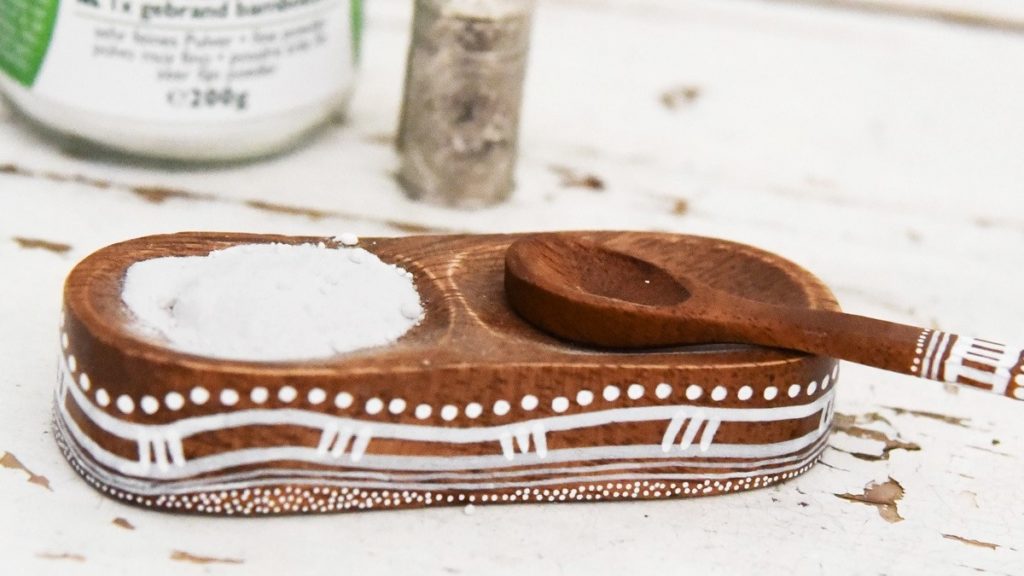
Once roasted bamboo salt.
Bamboo salt can be roasted 1 to 9 times. For the Koreans, the originators of bamboo salt, numbers have great significance.
- One indicates origin, independence and also boldness. The starting point is your health.
- Two indicates duality, polarity of yin and yang, additional forces, union. Finding a balance for your health.
- Nine, as the highest single digit in the decimal number system, symbolizes “completeness” in the Baha’i faith. It also symbolizes birth, human perfection, end and beginning of a new activity. It is the most sacred number in Korea. It stands for achieving full health.
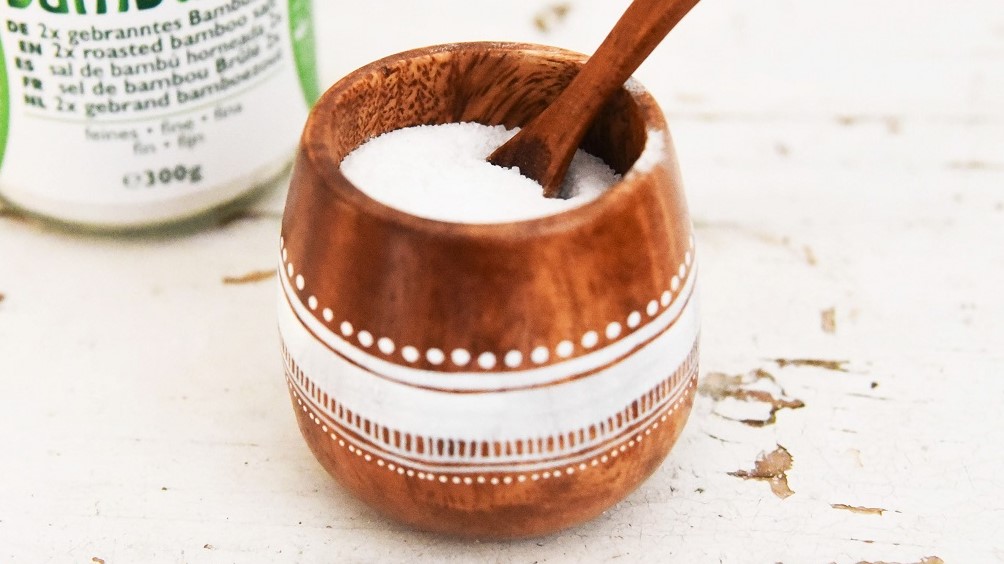
Twice-roasted bamboo salt.
Once and twice-roasted bamboo salt is ideal for use in the kitchen. There is no sulfur odor. Once-roasted bamboo salt is usually available in powder form and twice-roasted bamboo salt in a fine crystal form.
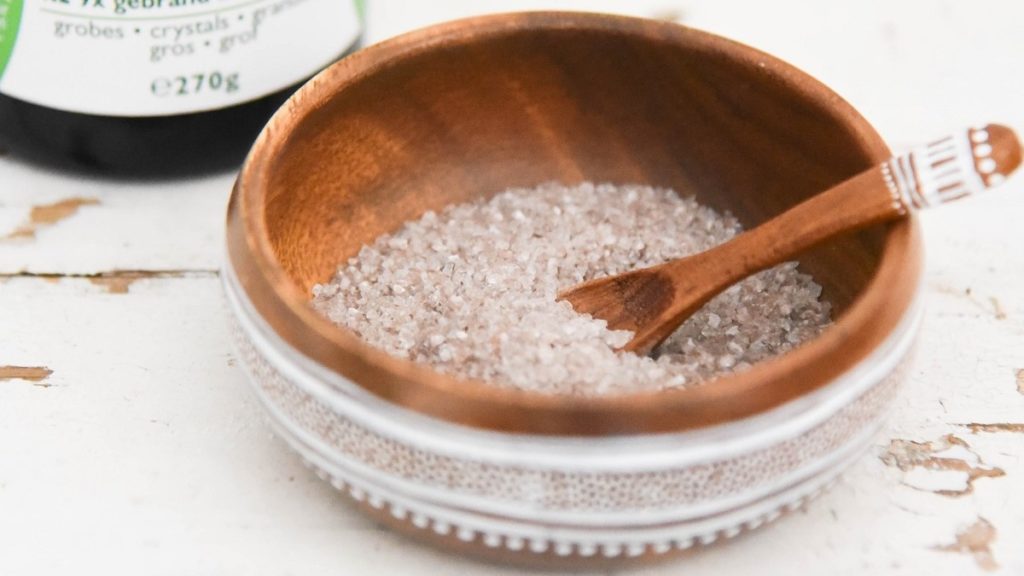
9-times roasted coarse bamboo salt.
9-times roasted bamboo salt is medicinal. It has a very strong sulfur odor. It takes some getting used to the smell and taste, but after a few times you are addicted. 9-times roasted bamboo salt is available in a coarse and very coarse crystal structure.
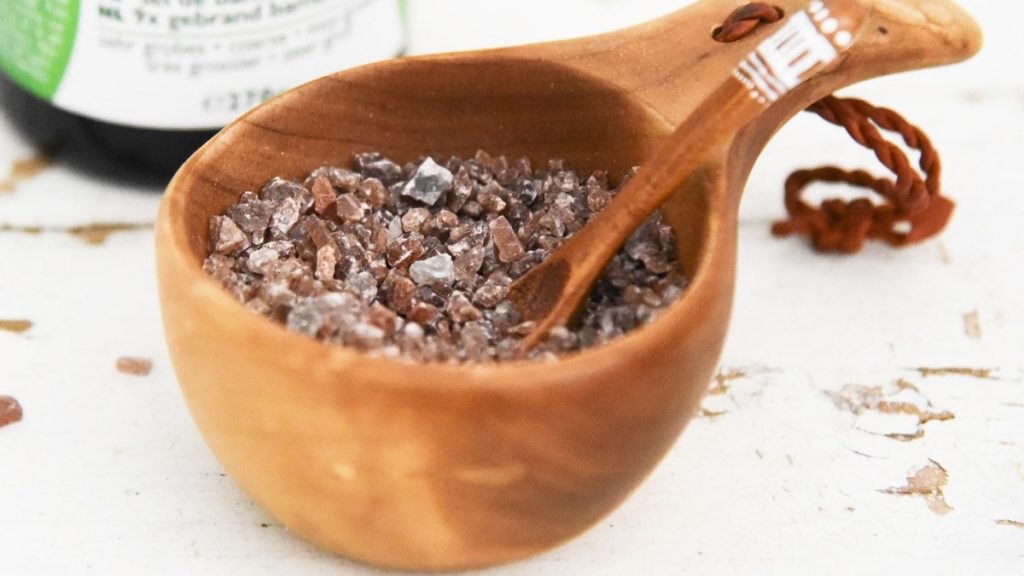
9-times roasted extra coarse bamboo salt.
Bamboo salt as a bio-active substance.
8 bio-active benefits of bamboo salt:
- Most of the heavy metals have evaporated from the hand-made salt through the process of 1 to 9 burns at high temperatures by firing with conifers and pine tar.
- Strong alkaline salt.
- The trace elements and minerals have become bioactive through the bamboo process.
- Bamboo salt contains trace elements of bamboo, mountain clay and waxes.
- Strong anti-oxidant booster! Because of its reduction power, bamboo salt activates antioxidants.
- Bamboo salt is salt that causes very little or no thirst. . This is due to its low conductivity, which is 1/10th of normal salt.
- Bamboo salt reinforces one’s immunity. Your body fluids need bio-active salt to better combat viruses and bacteria.
- Bamboo salt enhances the action of neurotransmitters, making the brain function better.
- Red clay dug out to seal the bamboo.
- Bamboo tube just before it is filled with sea salt.
- Bamboo filled with sea salt and covered with red clay
- Burning the bamboo filled with sea salt. To make bamboo salt.
- Bamboo salt after one burn.


